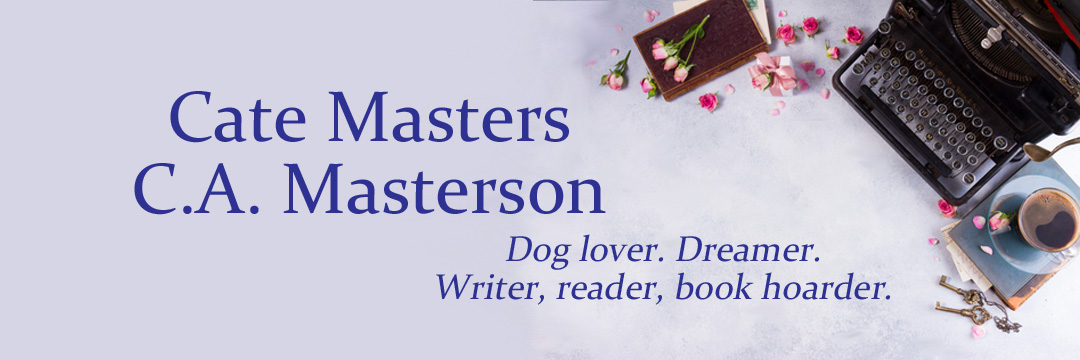Wow, there is nothing better than receiving a story contract! Until you have to fill out the forms, and can’t remember what description you’d written for the hero and heroine of this particular story. Or the key elements. Or even the setting, because now you’re ten stories past when you’d written this story, and your cast of characters are all milling around the great cavern of your imagination, in no particular order, and are not in an obliging mood to come rushing back when you call them. Yes, they’re worse than children sometimes.
This is what happened to me yesterday. I had to reread my own story to re-learn all of the above, to immerse myself in it again to get a feel for it so I could write a decent blurb. Not that I’m complaining. I like this story a lot, so it was like revisiting old friends.
Still – I’m a bit pressed for time these days, and it was time I should not have had to spend re-doing what I should have already done. I’ve learned since that story to be a little better organized. Now when I write a story, I keep a Spec Sheet. Specifications, just like a contractor or architect (although I like what I build better).
You might find it helpful, too, so I’ll share my list of items here. Depending on the story, you might need more or less than these.
1. Setting: If set in an actual place and definite time, note that; if not, describe the invented setting. Also include the season and year, if relevant.
2. Heroine: List her age, detailed physical description (hair color, length and texture, height and build, typical attire), a line or two of background. Beneath, list her family members and the relation of each to her. Sometimes, I have a definite actress in mind and simply jot her name.
3. Hero: Same as above.
4. Minor characters: Same as above, but group by setting and relevance (if s/he only appears in a certain place, note that beside his/her name) and list in order of importance. Best friends of a hero/ine rank higher than someone who appears only a few times.
5. Special objects: Any item, including animals, mentioned repeatedly or which play a special role in your story.
6. Other: To repeat what I said above, for some stories, much more detailed information is needed to guide you. For instance, the historical romance I’m *almost* finished writing required a great deal of research, and I had to organize it somehow. I have a map of the city and listed key streets, and what businesses or residences were located on each. A hurricane had wiped out part of the city several years earlier, so I noted that. Newspapers figured into the story, so I listed the newspapers available at that time. Any specific information I used about the setting, I made note of so I could refer back to it.
7. Blurb: The text describing the story at a high level, not detailed description. (Think of the blurbs that appear on book jackets.) Blurbs can be more difficult to write than the dreaded synopsis, but best to do it now while the story’s vivid in your head. Usually limited to about 200 words or less.
8. Excerpt: Select a few paragraphs, usually 200-350 words, that exemplify the theme, if possible, or at least provide a glimpse into a telling scene.
9. Cover art ideas: Think positive. Your story’s about to be published. What do you want the cover to portray?
A Spec Sheet might sound like a simple idea, but believe me, it comes in handy when you need it. The Spec Sheet is different than the Background document, into which I cut and paste articles and information found during research. Keeping a separate folder on your PC with all relevant information in each folder per story is a huge timesaver.
